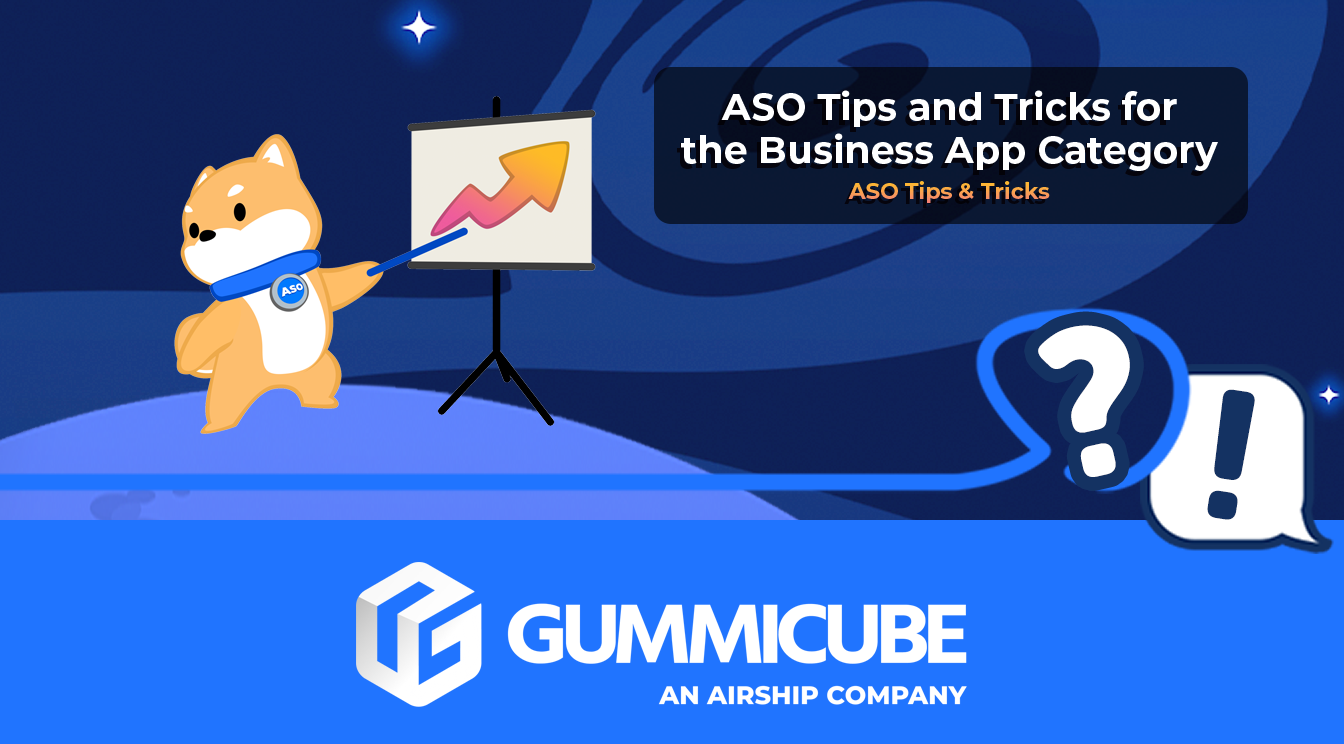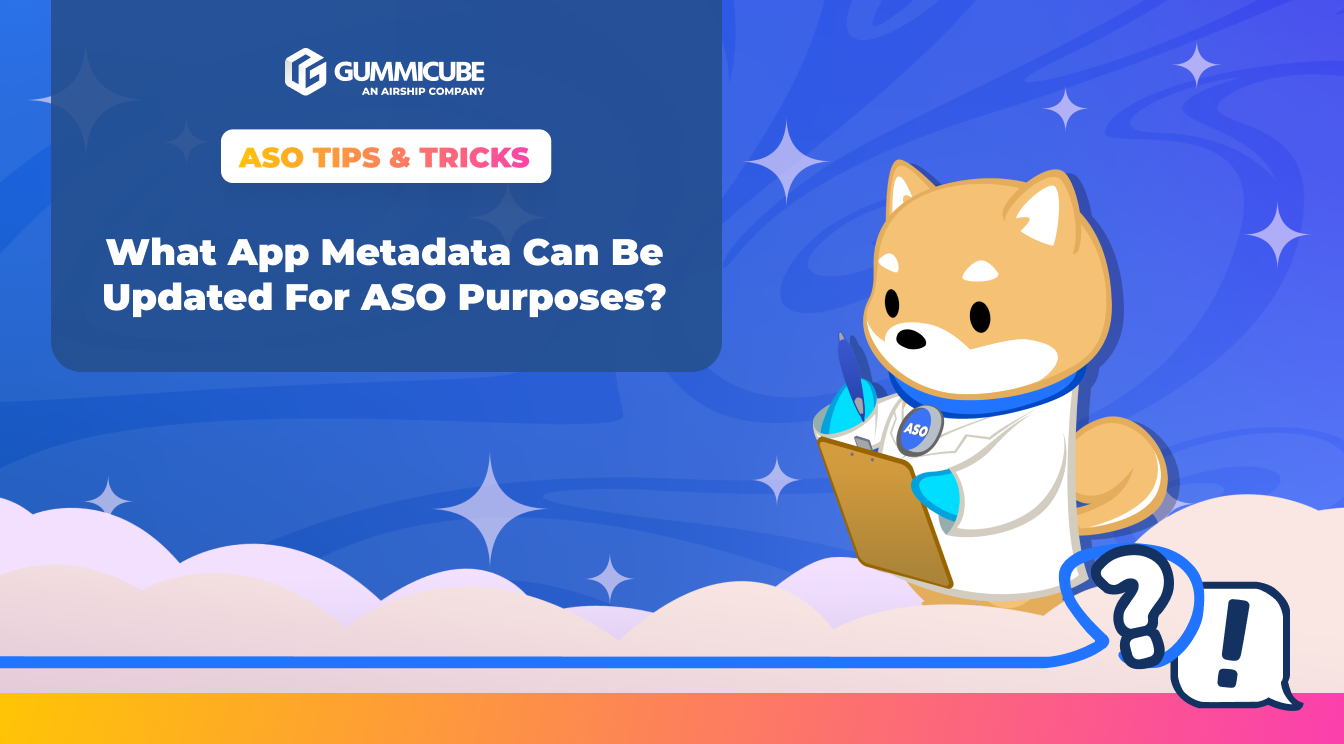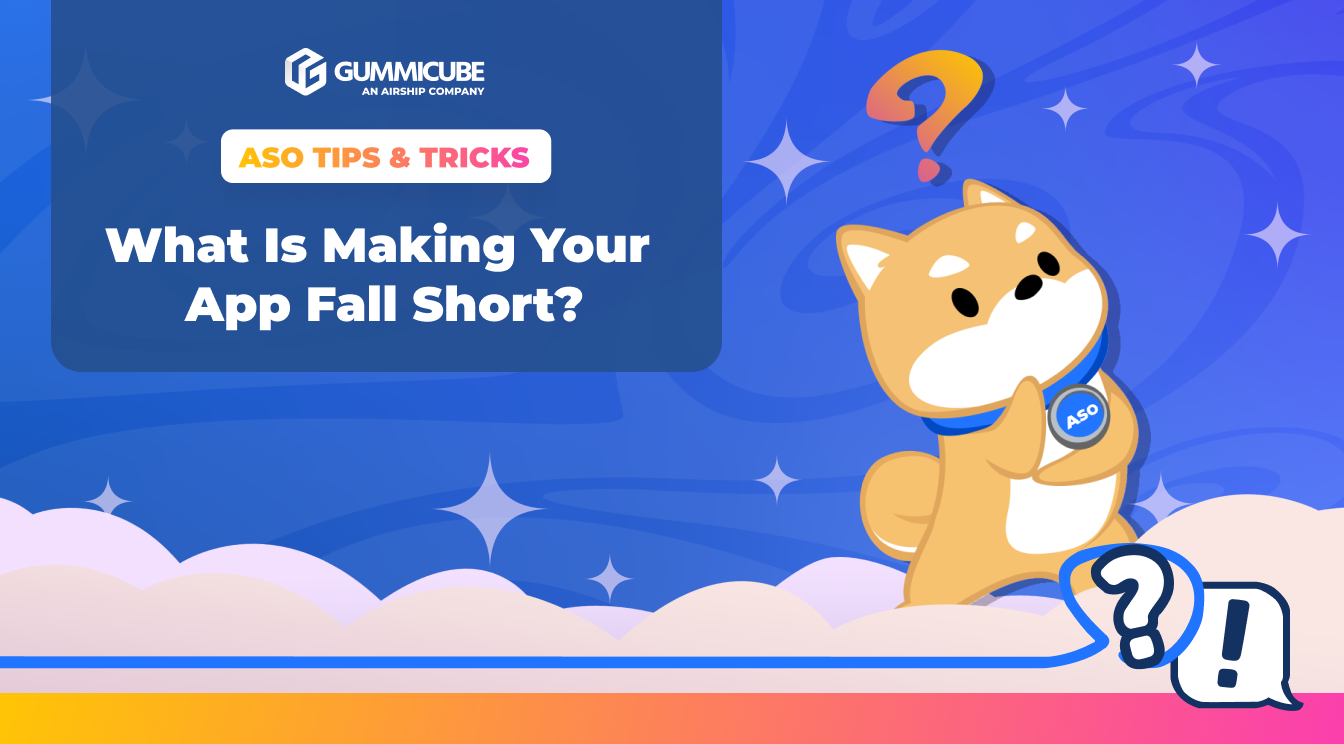
How To Perform App Keyword Research
Posted on December 10th, 2025
App keyword research is a crucial part of developing a winning ASO strategy. Read more to discover ASO tools & strategies to elevate your app listing.

In today’s crowded mobile marketplace, securing visibility for your business-oriented mobile application demands more than just a one-time launch. When users search for a team chat app, document scanner, invoicing tool, or video meeting solution, they expect clarity, professionalism, and reliability. Crafting an app listing that directly addresses these expectations can improve your chances of discovery and conversion. This week’s ASO Tips and Tricks delves into actionable App Store Optimization (ASO) tactics tailored specifically for the business-app category of the App Store and Google Play Store ecosystem.
Before optimization begins, understanding the landscape is critical. The business category within the App Store is defined as “apps that assist with running a business or provide a means to collaborate, edit, or share a document.” This category encompasses apps such as team chat tools, CRM applications, job search utilities, document signing tools, invoicing capabilities, and more. There is major diversity within the business app category. From entrepreneurs and small business owners to enterprise professionals and remote teams, this category encompasses a diverse array of subcategories under the business app category umbrella. Because of this broad audience, it is important to establish a clear identity for your app within the category and ensure that every component of your listing supports that identity.
Why is this important from an ASO perspective? Your app metadata, screenshots, icon, and keywords must align precisely with both what users are looking for and how Apple’s ranking and conversion metrics evaluate its listings.
A strong keyword strategy is a pillar for successful ASO. For business apps, the focus should be on relevant, high-volume search terms that match your users’ intent. Business app users tend to have a specific task in mind. They are not browsing casually; they are searching for solutions that increase efficiency or simplify workflows. Your chosen keywords should reflect these goals. Key phrases like “send invoices,” “team chat,” or “PDF scanner” capture clear intent and align with users' needs.
Avoid using overly generic or vague keywords that may attract broad, but irrelevant, traffic. Each term should relate directly to what your app delivers and the problems it solves for your potential new users.
Your app's title, subtitle, and keywords have the most significant impact on your app store visibility. Use ASO tools to carry out thorough keyword research in order to place your most relevant, high-volume keywords within these fields naturally. Seamlessly incorporating relevant keywords in your app’s metadata can help your app appear and relate to searches while maintaining a professional and clear message.
Developers should also analyze the top-performing apps in their category to identify key trends in keywords. Study how competitors use language in their titles, subtitles, and descriptions. You can uncover high-volume keywords that they use or discover opportunities they may have overlooked within their app listing.
In parallel, research your audience. Understand whether you're targeting enterprise users, freelancers, or startups. The vocabulary used by each segment varies, and aligning your metadata with their specific search behavior can significantly improve your visibility.
Keyword optimization is only part of ASO success. From your app icon to the order of your screenshots, visual and textual elements within your listing must immediately communicate value to potential new users.
Your app icon is often the first visual element a user sees. A clear, minimal design works best for business apps. The icon should reflect your brand, and ideally hint at your app's core functionality.
Avoid cluttered visuals or unnecessary details, and ensure the design remains recognizable across different screen sizes.
Your app title and subtitle must strike a balance between clarity, branding, and keyword usage. Focus on expressing your app's primary purpose while maintaining readability. A well-written title immediately tells users what your app does, while the subtitle reinforces the benefit or feature of the app.
The first three screenshots are critical for boosting conversions. They should highlight immediately what your app's core features are in a clear and engaging way. Use large, bold text overlays that summarize the feature being shown in the screenshot or app store video.
Be sure to arrange screenshots to follow a logical narrative by showing the app’s main feature first, the supporting workflow second, and the outcome or benefit of the app third. Consistency in your screenshot and app store videos' color palettes, typography, and layout builds user trust and reinforces brand identity.
Including a short preview video can increase your app listings' engagement. For business apps, a 30 to 40-second video that demonstrates real workflows (such as starting a chat, scanning a document, or sending an invoice) helps users visualize the app in action.
Keep the video concise and focused on showing the user interface and primary benefits of the app once it's downloaded. Include captions or on-screen text since many users watch with the sound muted.
While ASO focuses on organic visibility, paid acquisition can amplify results when managed strategically. Both Apple App Store and Google Play Store offer robust Advertising Solutions that reach users actively searching for apps like yours.
For the Google Play ecosystem, Google App Campaigns allow you to promote your app across Search, YouTube, Discover, and Play Store placements.
Campaigns can be designed for:
To begin, you'll need a published app, an active payment method, and a set of AD assets including text, images, and videos.
For business apps, focus on targeting users who are likely to value productivity or collaboration tools. Track conversion metrics beyond installs to evaluate campaign quality.
Apple Ads, formerly known as Apple Search Ads, offer developers precise control over how and where their ads appear in the App Store. Ads are displayed at key points in the user journey, including:
These placements ensure visibility when users are actively searching for solutions related to your app. By bidding on relevant business-focused keywords that pertain to your app, you can reach motivated users who are most likely to convert.
Please note that certain app categories may be subject to restrictions due to Apple's policies, regional regulations, or age requirements. Always review these before launching a campaign.
When running Apple Ads, developers need to maintain consistency between their ad creative and their app store listing. Ensure that your visuals and messaging match the experience users see when they click through. This alignment reinforces credibility and positions your app for increased conversion rates.
ASO is a continual process. Once your business app is live, monitor its performance closely and refine your strategy based on real data.
Consistent evaluation and regular updates ensure your app listing is doing everything it can to remain competitive over time.
Success within the app stores depends on understanding your audience, crafting data-driven metadata that aligns with user intent, and maintaining a listing that communicates credibility while quickly informing potential new users of its core functionality. For the business app category, it is crucial to identify your niche or subcategory and research your competitors while incorporating strategic keywords to support your app’s growth goals.
Developers should combine strategic keyword optimization, engaging creative assets, and thoughtful use of paid acquisition tools to maximize their app's potential. The result of this data-driven, regularly optimized ASO strategy can lead to a boost in your app’s visibility and conversion rates.
Are you interested in refining your ASO strategy for your business app? Gummicube’s ASO services are your solution. Our team of experts specializes in creating optimization strategies that align with your target audience, while increasing opportunities to generate measurable results by enhancing your app’s visibility. Reach out today, and let's discuss how we can help your app stand out within the business app category.

App keyword research is a crucial part of developing a winning ASO strategy. Read more to discover ASO tools & strategies to elevate your app listing.

Optimizing metadata is one of the most high-impact actions developers can take to strengthen their App Store presence. Read more to discover winning strategies.

App seasonality is one of the most powerful and most overlooked opportunities in ASO. Ignoring it means missing moments when users are searching most actively.